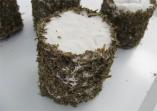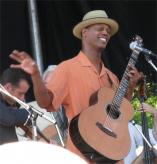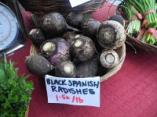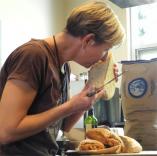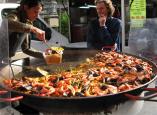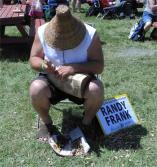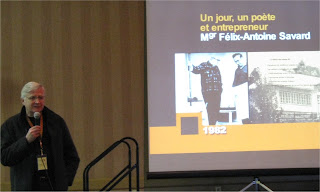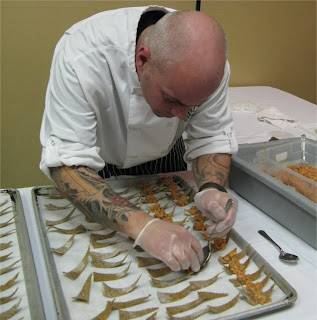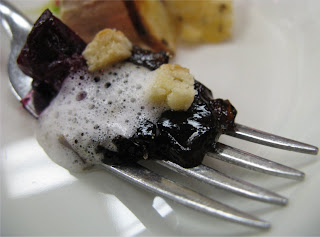Nancy gave me the most wonderful book: Table Talk, by the overwhelmingly acerbic AA Gill. The chapter on rice starts seriously enough, though:
The grass family (Gramineae) is extraordinary. From its largest member, maize, to one of its smallest, teff, grass provides the staple diet of humans. If you believe that you are what you eat… you can divide the world neatly — indeed, almost exactly — in half between two Gramineae–philes: wheat-eaters and rice-eaters.
…
The wheat world and the rice world are better definitions of our most fundamental division than the myopically geo-political ‘first’ and ‘third’, the mealy-mouthed ‘developed’ and ‘developing’, or the plainly geographical north/south.
He makes some interesting points about the two halves:
In terms of wholesomeness, rice and wheat are remarkably similar. Wheat has slightly more protein, rice more carbohydrate. For labourers, rice alone is just enough for sustenance… you can feed more people with an acre of rice than an acre of wheat.
…
…rice will sustain a dense population, but it is also more intensive to grow than wheat. Look at how many people are needed to plant a paddy field compared with a wheat field. It needs elaborate water management; it’s high maintenance. Rice may keep a large population just above starvation, but it also needs that population to grow it. Paddy fields become a closed circle of work producing the energy to work.Wheat, on the other hand, feeds a smaller population, but allows them more space and time to do other things, such as develop a social system and technology that ends up colonising rice-eaters. After breakfast, space and time are everything.
By coincidence, a day or two after reading this, I heard the first part of a week-long dramatisation of a rather grim radio play called The Death of Grass, part of a Science Fiction series. It’s only available online for a week. Worth a listen.
With apologies to the mutton campaign, I’d like to share a more characteristic moment from AA Gill:
The ingénue vegetables were midgets and dwarves, boiled so that they held their natural shape only by a collective act of nostalgia. But they were ambrosia compared with the mutton. The colour of a gravedigger’s fingernail, it was a mortified curl of muscle form some unknown extremity of ancient ovine. It resisted knife and fork, being mostly translucent, sweaty gristle and greasy fat. It was inedibly disgusting, without question the nastiest ingredient I’ve been served this year.
